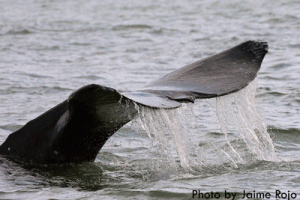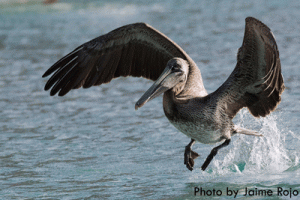In light of the current state of the Gulf of Mexico – the many animals and plant species impacted and the long-term, not yet fully understood impacts of the BP oil spill – I think it is important to highlight some forward thinking work that the US, Mexican and Canadian land management agencies are doing in relation to Marine Wilderness.
Approximately 71% of the planet is covered by one, globally interconnected ocean. The ocean is home to nearly 23,000 species that move freely between the 5 designated segments. It is nearly impossible for us to know the impacts that a major oil spill, such as the BP spill, will have on this interconnected, diversity rich ecosystem.
While our systems and polices for protecting land are well advanced in North America, scientific knowledge of oceans and best practice conservation strategies lag significantly behind. Seeing this urgent need, WILD launched the Marine Wilderness Collaborative in October 2009 to create a clear definition of marine wilderness and gather involvement and input on management objectives for marine ecosystems. “Conserving Marine Wilderness,” was one of the main outcomes of this collaborative, workshops and WILD9 and WILD’s collaborative work with the US Fish & Wildlife Service.
Building on this, The North American Agreement on Wilderness (signed at WILD9, initiated and facilitated by WILD) designated a Marine Wilderness Working Group at their recent meeting in Halifax. This group involves representatives from US Fish & Wildlife Service, CONANP (Mexico), US National Park Service, Parks Canada, USDA Forest Service and guest participants from the National Marine Protected Area Center (NOAA).
This work is critically important for the future of our oceans. I know this work can’t retroactively save the land, water and species already damaged by the Gulf oil spill, and I am continually thankful for the hard work on-the-ground teams of volunteers, government agency employees and nonprofit organizations are doing to clean up the coast. But, international collaboration like this gives a brighter outlook for the future. With the leaders of the land management agencies in each country prioritizing collaboration and addressing important topics like marine wilderness, there is amazing potential.
A recent exciting bit of progress is a new online map that, for the first time, brings together information about all of the types of marine protected areas in Canada, US and Mexico and includes valuable information about the status of these sites and who manages them. See more about this map from the North American Environmental Atlas-coordinated by the Commission for Environmental Cooperation (CEC) >


